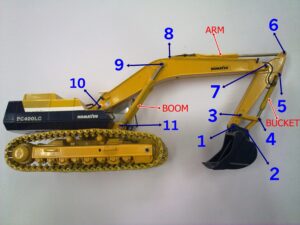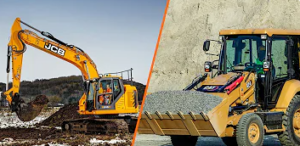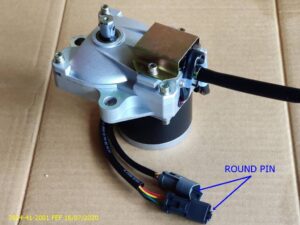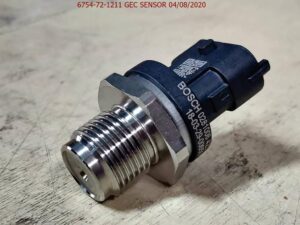The big bearing in an excavator’s track device plays a crucial role in the overall performance and durability of the machine. Here are five functions of the excavator track device’s big bearing:
- Support Load Distribution: The big bearing helps distribute the weight of the excavator evenly across the track system, preventing excessive wear and tear on any single part and ensuring the equipment can handle heavy loads.
- Facilitate Rotation: The bearing allows the track’s components, such as the sprockets and rollers, to rotate smoothly, enabling the movement of the excavator in various directions, including turning and pivoting.
- Reduce Friction: By supporting the track system’s moving parts, the big bearing reduces friction between the track and the drive mechanism, allowing for smoother operation and extending the lifespan of the components.
- Ensure Track Alignment: The big bearing plays a role in maintaining proper alignment of the track and sprockets. This ensures the tracks remain in their correct position, preventing uneven wear and possible damage to the undercarriage.
- Enhance Durability and Stability: The big bearing contributes to the overall durability of the track system, ensuring that the excavator can operate efficiently over rough terrains, absorb shocks, and withstand constant stress without compromising stability.
These functions are essential for the efficient, reliable, and long-lasting operation of excavators in construction, mining, and other heavy-duty industries.




